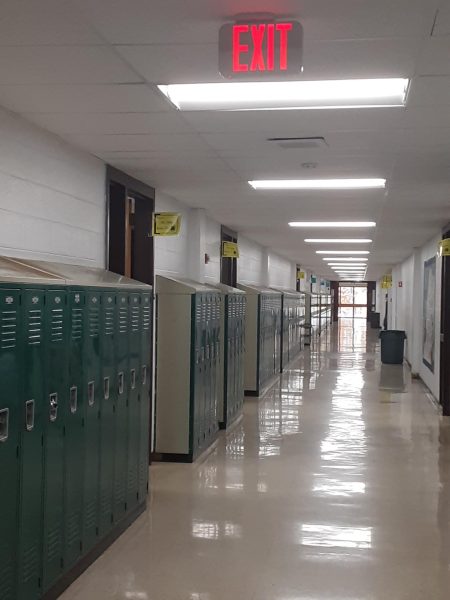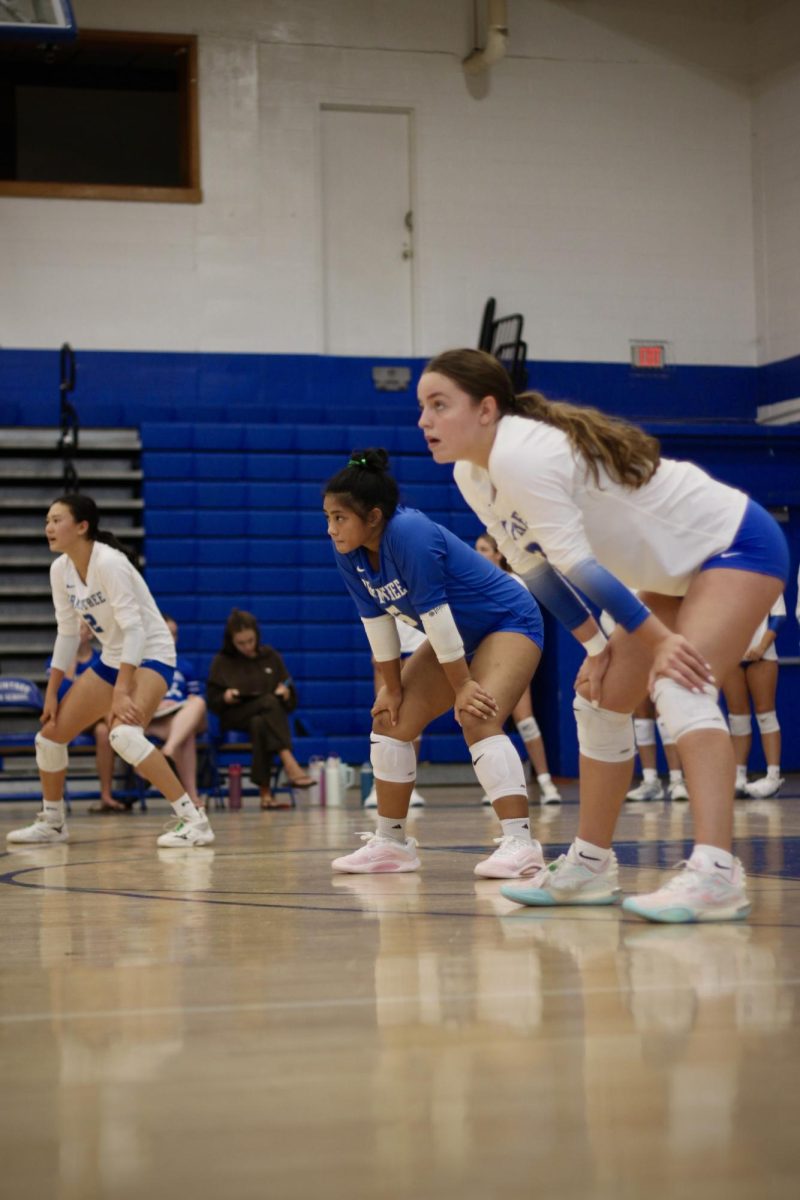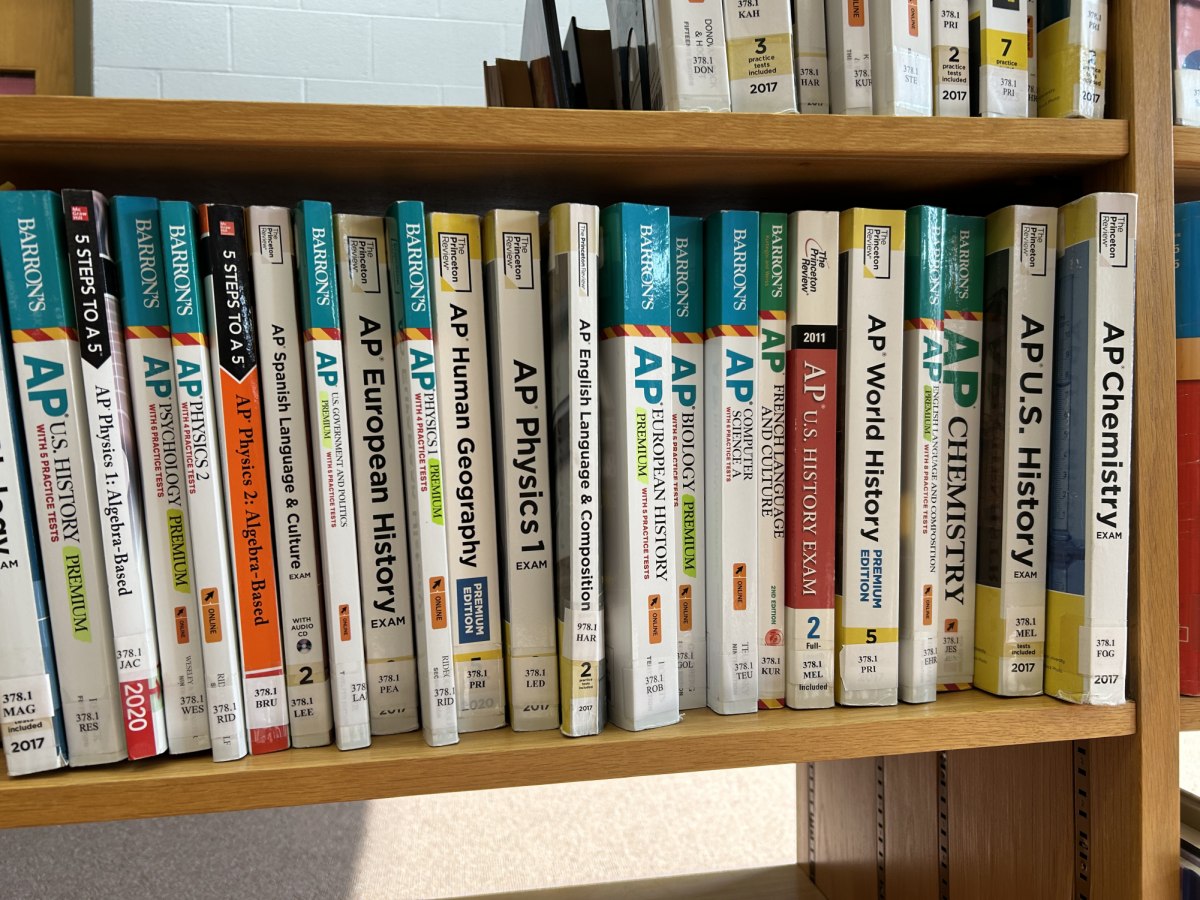You’re sitting down on a park bench one blistering day in July. The sun’s rays beat down on you as you attempt to cool off after a walk in the muggy pressure of the summer heat. The bench feels warm to the touch, and you can feel drops of sweat swimming down your forehead. But at the very least, you can go inside and cool off when the heat gets to be too much for you.
It’s now September, and it’s time to go back to school. The heat’s been bad, but you assume you can still go inside and cool off. Unfortunately, the weather has other plans.
Temperatures around the world have been soaring to record highs as if late, and with higher temperatures comes worse heat than what’s been the standard for years. While Braintree hasn’t been getting hit with heat actively threatening human health, the town is certainly no exception to the rising temperatures. Braintree High School students know this all too well.
“My God that heat was horrible,” said one student. “I literally couldn’t think straight with some of the hotter classes.”

In the first month of school, temperatures, stretching into the high eighties and and low nineties, in Braintree High School threatened to overwhelm some students with the blistering heat. These temperatures were abnormal for the season, and typically are not seen around the start of the year in September.
“Two of the first three days of school were hotter than any day in August and hotter than all but two days in July, and Thursday was almost twenty degrees warmer than the average September high,” said Dr. Scully, principal of Braintree High School, in regards to the recent temperatures. “I do not anticipate that we will have any more days that rival what we saw the first week, if we were to encounter similar conditions, or if the end of next June were to bring similar temperatures, we would again use fans, move rooms, and take steps in the evening to cool down the building.”
Students at Braintree High School have had a variety of opinions about the recent temperature issues in class. “Maintenance of the school led the year off to a rocky start,” said one BHS student. “It mentally stressed students out, raising anxiety across all rooms. People should have been warned beforehand and ACs should have been checked before the school year started.”
On the topic of the school’s ability to deal with the heat, Dr. Scully has said that; “One of the issues that we face long-term is the nature of the building itself and the age of the HVAC system. Buildings using the materials found at BHS and built in a similar style retain heat and humidity for longer than is ideal in the summer, so that the effects of high heat days sometimes linger.”
We reached out to the Head of Facilities, Mr. Mahar, but he could not find the time for an interview.
Many classrooms are ill equipped for such temperatures, as many of them have no way of dealing with the heat.

“Well sometimes the temperature in my room is very similar to the temperature outside,” said Mrs. Fitzgerald, a teacher on the 3rd Floor of BHS. “My classroom is more similar to how it is outside. Like if it’s cold outside it’ll be cold in here, and if it’s warm outside it’ll be wicked hot in here.”
The classrooms, most predominantly those around the edges of the school suffer from this, as fellow 3rd Floor teacher Ms. Feener reports.
“In the summer, like in June and in September, it gets very warm. If it’s eighty-five degrees outside, it’s eighty-five degrees in the classroom during those days.”
The heat has been a major problem recently, and what’s worse is that there are very few preventative measures to deal with heat. With the cold, it’s as simple as dialing up the thermostat or bringing a sweatshirt, but the heat is a completely different beast to handle. This will not be a one time issue. Temperatures continue to rise around the world, with each year progressively continuing to shatter heat records, so what does the school plan to do going forward?
“If we were to encounter similar conditions, or if the end of next June were to bring similar temperatures, we would again use fans, move rooms, and take steps in the evening to cool down the building,” said Dr. Scully. “As a teacher and as a student, I can remember days in September and in June that were exceptionally uncomfortable and made learning difficult, but not impossible. While some of that may be an unavoidable, we would of course take further action if conditions in the building ever became hazardous or unsafe.”
For now, the cold of the autumn and winter should provide a respite from these warm temperatures. Students of Braintree High School can only hope that the temperatures will loosen their grip in the upcoming summer months.





























